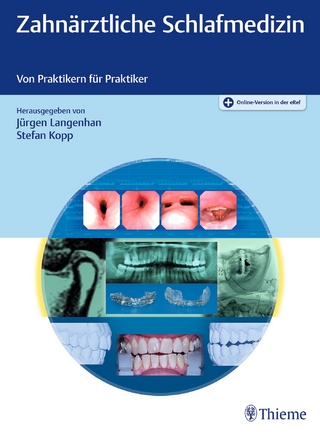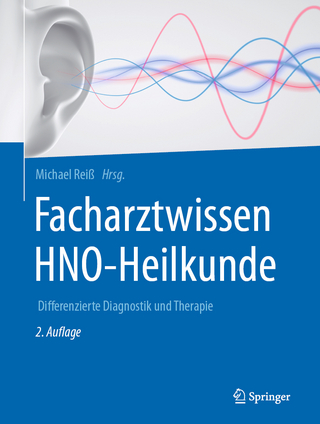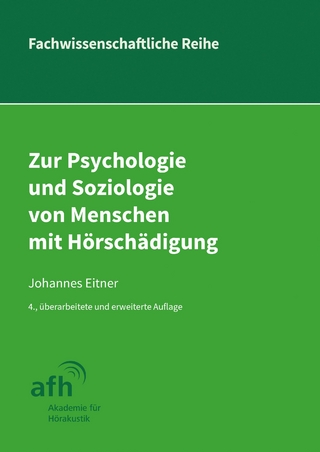
Binaural Interference
Plural Publishing Inc (Verlag)
978-1-63550-076-9 (ISBN)
Binaural interference occurs when the speech input to one ear interferes with the input to the other ear during binaural stimulation. The first report on binaural interference twenty-five years ago demonstrated that some individuals, particularly older individuals, perform less well with binaural than monaural stimulation. Binaural interference is relevant to every audiologist because it may impact the successful use of binaural hearing aids.
This exciting new book, written by two highly respected audiologists, first traces the history of research into binaural interference, then reviews the evidence, both direct and indirect, supporting its reality. This is followed by a discussion of the possible causes of the phenomenon, and in-depth analysis of four illustrative cases. Next, a systematic approach to the clinical detection, evaluation and amelioration of individuals who exhibit binaural interference is outlined. This is followed by suggestions on how to improve techniques for evaluation of the binaural advantage in general, and improved detection of the disorder in particular. The book ends with recommendations for future directions.
Given the adverse impact of binaural interference on auditory function, and its occurrence in a significant subset of the population with hearing loss, research on binaural interference only recently has begun to flourish. Adapting audiological clinical practice to identify, assess, and manage individuals with binaural interference is not yet widespread. The authors hope that the book will provide impetus for pursuing further research and encouraging audiologists to explore the possibility of binaural interference when patient complaints suggest it.
The book is intended for practicing clinical audiologists, audiology students, and anyone interested in pursuing serious research on this interesting phenomenon.
James Jerger, a native of Milwaukee, Wisconsin, received his PhD in audiology from Northwestern University in 1954. He remained on the NU faculty until 1961, and then moved to Gallaudet College in Washington, DC, for a brief period as Research Professor of audiology. From 1962 to 1968 he served as Director of Research at the Houston Speech and Hearing Center, and then moved to Houston's Baylor College of Medicine, where he remained for the next twenty-nine years as Professor of Audiology in the Department of Otolaryngology and Communicative Sciences, and as Chief of the Audiology and Speech Pathology Services of the Methodist Hospital. In 1997 Jerger sought, but failed to achieve, semi-retirement in the School of Behavioral and Brain Sciences of the University of Texas at Dallas. Here he continues to mentor doctoral candidates in audiology as Distinguished Scholar-in-Residence.=============================================================================================Carol A. Silverman, PhD, MPH, CCC-A is a Professor, Speech-Language Pathology and Audiology at Hunter College, City University of New York (CUNY); Professor, Doctor of Audiology and Speech-Language Hearing Sciences, Graduate Center, CUNY; and Adjunct Professor, Otorhinolaryngology-Head and Neck Surgery, New York Medical College. Dr. Silverman previously held an appointment as Hearing Scientist and Epidemiologist in the Departments of Otorhinolaryngology and Communicative Sciences at New York Eye & Ear Infirmary of Mount Sinai in New York City. Dr. Silverman has authored and co-authored a several books and book chapters and many peer-reviewed publications, and has served as reviewer and editorial consultant for various journals in audiology, hearing sciences, and otolaryngology. Her research focuses on auditory deprivation, on various aspects of diagnostic audiology including acoustic immittance and otoacoustic emissions, and most recently on binaural interference. She is a graduate of Wellesley College, and her graduate degrees include an MS in Audiology from Teachers College of Columbia University, PhD in Audiology from New York University, and MPH in Quantitative Epidemiology from New York Medical College.
Chapter 1. A Brief History of Binaural Interference; Chapter 2. Indirect Evidence of Binaural Interference;
Chapter 3. Possible Causes of Binaural Interference; Chapter 4. Illustrative Cases; Chapter 5. Clinical Evaluation of Binaural Interference; Chapter 6. Future Directions; Chapter 7. Overview; References; Index.
| Erscheinungsdatum | 14.06.2018 |
|---|---|
| Verlagsort | San Diego |
| Sprache | englisch |
| Maße | 152 x 229 mm |
| Themenwelt | Medizin / Pharmazie ► Medizinische Fachgebiete ► HNO-Heilkunde |
| ISBN-10 | 1-63550-076-1 / 1635500761 |
| ISBN-13 | 978-1-63550-076-9 / 9781635500769 |
| Zustand | Neuware |
| Haben Sie eine Frage zum Produkt? |
aus dem Bereich


